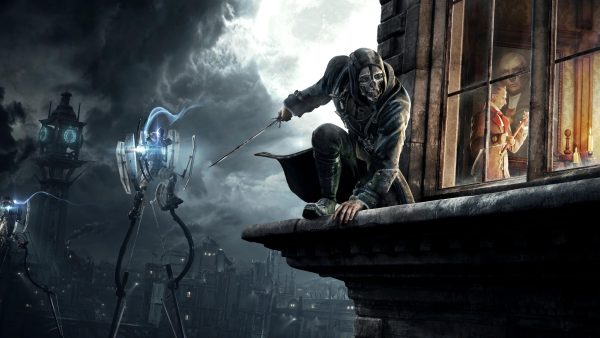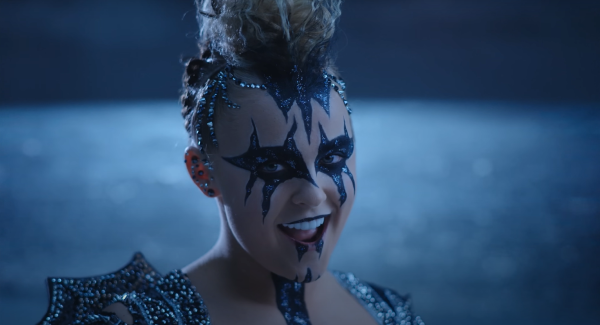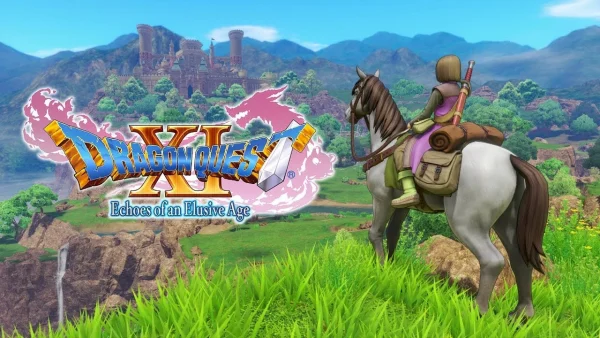Book Club
SJM, WYD? Part 1: POC characters versus Erilea

Photo by teri schmelzel
Former fans of popular YA high fantasy author Sarah J Maas voice their opinions on her controversial writing
September 30, 2021
This just in: the young adult fantasy fandom loves to hate Sarah J Maas.
If you are a fan of the occasional YA downward spiral into 500 plus page books with maps on the inside cover, morally gray love interests and the classic enemies-to-lovers trope, you’ve probably heard of Sarah J Maas.
But if you aren’t and you haven’t — good for you! Because as someone in the YA fantasy community, I am this close (go with it, will you?) to having a mental breakdown over all the SJM drama.
Now, this is a multifaceted dumpster fire in terms of coherent arguments within the fandom, but bear with me as we try to navigate part one of Sarah J Maas, what are you doing?
“Throne of Glass” — Is this … diversity?
Maas’ debut was back in 2012 with the release of the “Throne of Glass” series.
The story follows Celaena Sardothien, the world’s most renowned assassin at just 27 years old. Ope. Sorry. I meant 18.
It’s YA, reader, go with it.
But Calaena has found herself arrested, shackled, and enslaved to the Crown. This is where it all begins. Calaena has been captured and is chosen as King Havillard’s favorite for a competition of some sort (guys, it’s been about nine years since I read this, give me a break.).
If Celaena wins the competition, she will, in turn, receive the King’s good favor and her freedom.
Book one follows her as she trains with the brooding Captain of the Guard, Chaol Westfall (see the pronunciation guide for this one. That’s right. There’s a pronunciation guide.), zeros in on her “friendship” with smarmy Prince Dorian, and navigates the competition’s trials.
We love a good love triangle. But don’t get too attached.
The main issue readers have with these first few books — specifically the second one — regards how Maas approaches including diverse characters.
Warning: Spoilers for “Crown of Midnight” beyond this point.
While at the castle, Calaena makes friends with the diplomat/Princess Nehemia Ytger, who is described to have dark skin. If you didn’t already assume, Calaena has light skin (now that is a topic for another article).
Mind you, this is one of Celaena’s first genuine friendships, considering how she was raised as an assassin since she was six years old.
Their friendship is a joy to read about.
Nehemia is a kind soul — gentle but strong — and a good influence for reckless Celaena, who is finally starting to act less like a difficult child who wishes to make everyone’s lives miserable.
But in the second book, Maas kills her off. And not in a her-body-rises-toward-the-stars kind of way; no, it’s brutal, hard to read, and borderline nauseating.
And that’s on YA.
While this was a pivotal moment in the development of the plot and Calaena’s character, looking back after reading all eight books, many readers have issues with Maas killing off one of her few POC characters.
Any other diversity in the books is only alluded to vaguely at best — tall, dark and handsome refers more to hair color than skin tone, apparently.
This is the case in many of her other works, such as her “A Court of Thorns and Roses,” series published in 2015 — one of my guilty pleasures, and her newest one, “Crescent City” (2020), 800 pages of murder mystery, complicated politcis, and magic, of course.
It is reminiscent of another childhood-favorite author gaslighting her readers. Yes, I’m talking about everyone’s favorite transphobe: J.K. Rowling.
Readers argue Maas should not limit her POC character to such brief and secondary roles. This sentiment is also applied to the LGBTQ character in another series of hers, but let’s save that for part two.
Schutte can be reached at [email protected]










